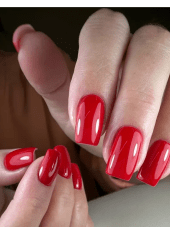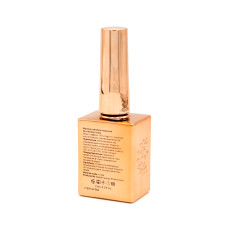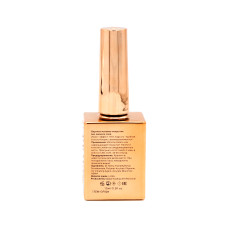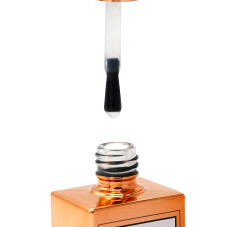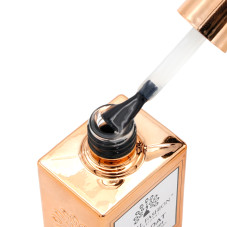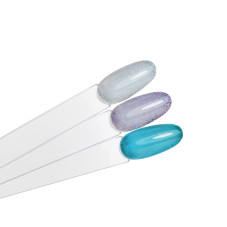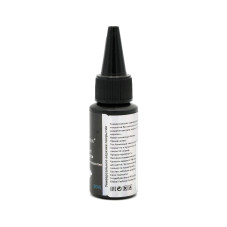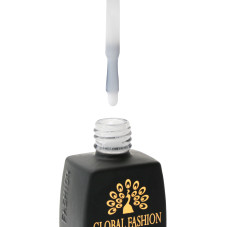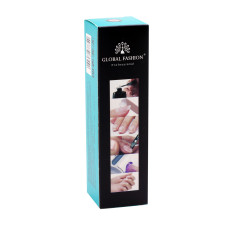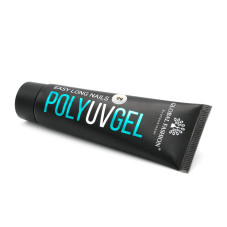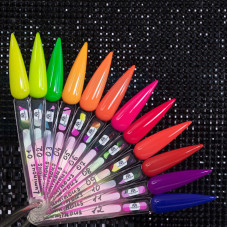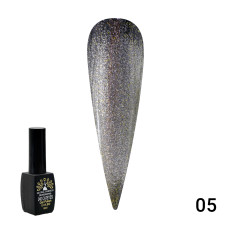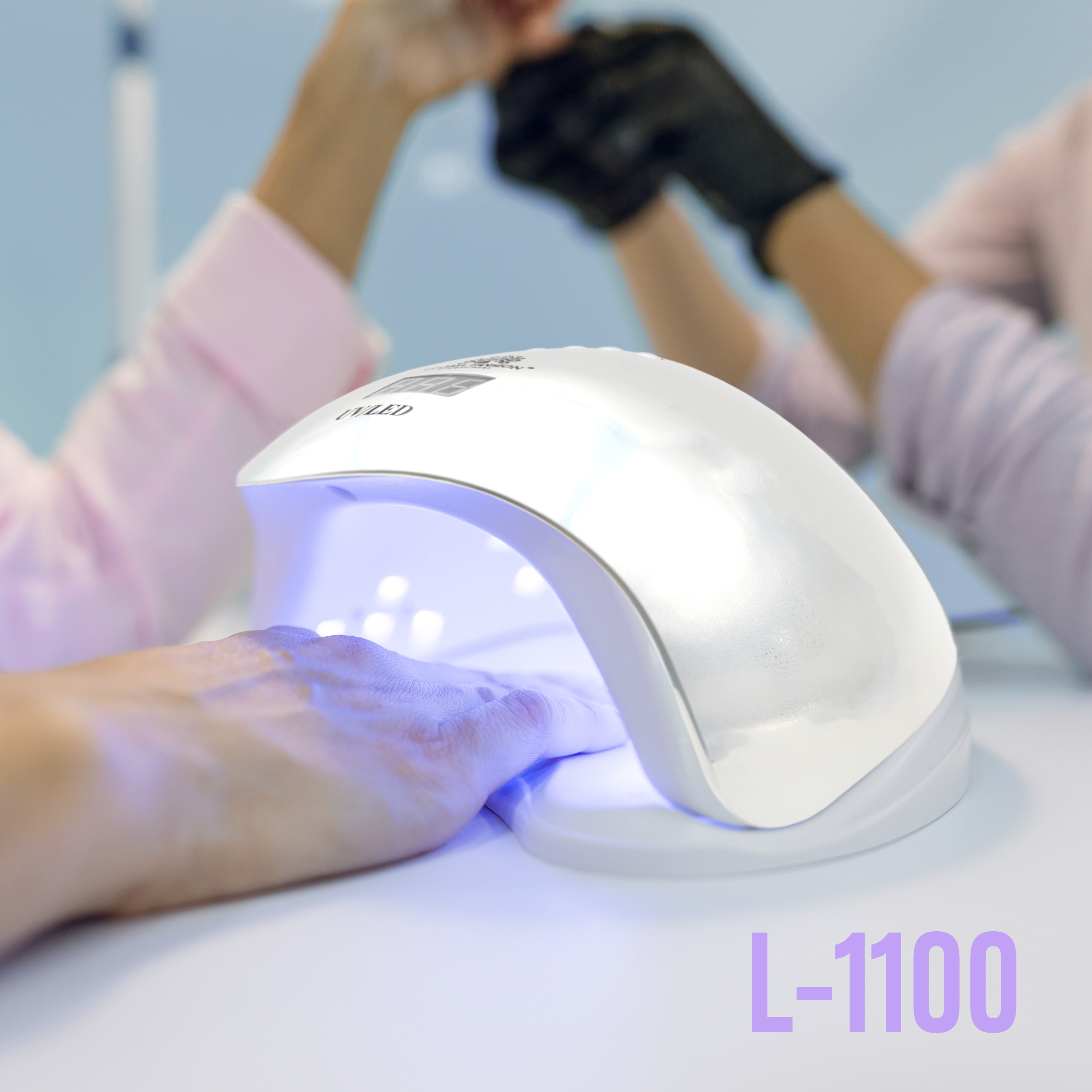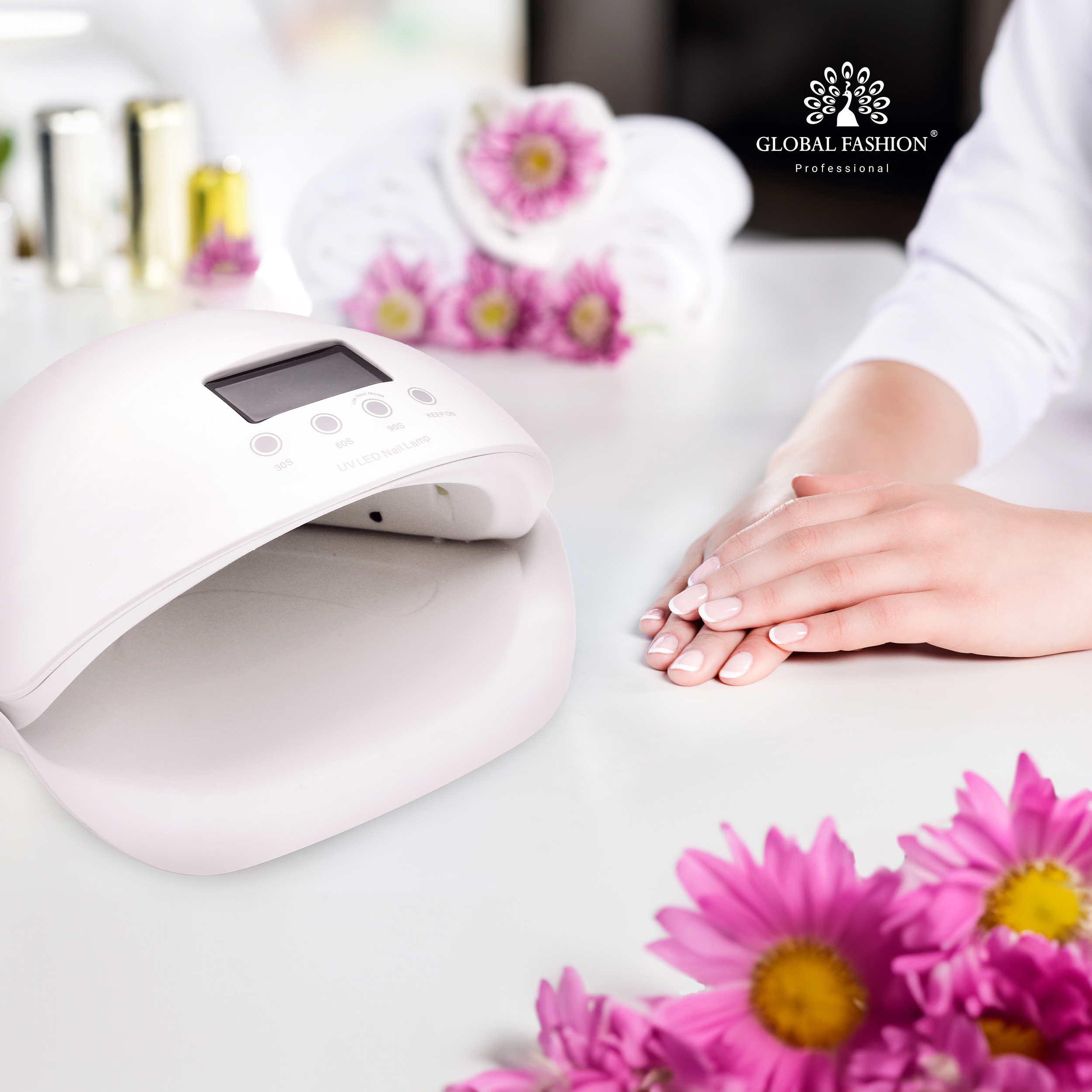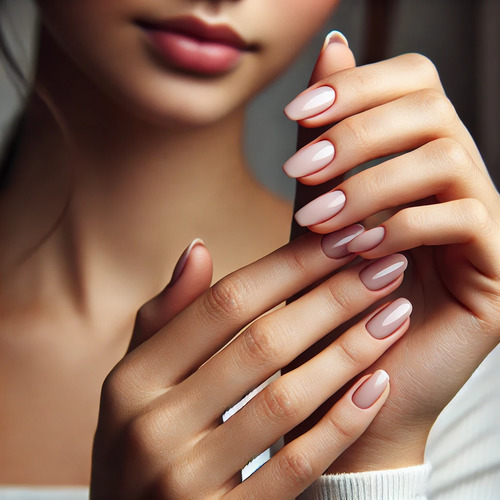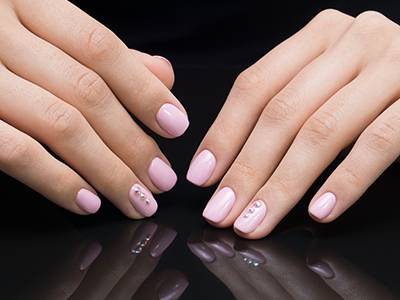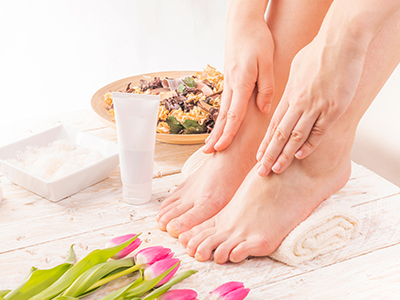Sticky layer: what is it and why is it needed?

You've probably noticed that many nail products, such as topcoats, are labelled as ‘topcoat with a sticky layer’ or ‘topcoat without a sticky layer’. The sticky layer is a feature common to most polymeric materials, but it is important to understand its properties and function in order to use these products correctly.
In this article, we will take a detailed look at the structure and components of polymeric materials and explain what a tacky layer is. You will learn what it is, how to determine its presence or absence, and in which products it is most commonly found.
In this article, we will take a detailed look at the structure and components of polymeric materials and explain what a tacky layer is. You will learn what it is, how to determine its presence or absence, and in which products it is most commonly found.
What is a tackifier?
A sticky layer (dispersion layer) is a sticky film that forms on the surface of a polymer material after polymerisation. It is present in all polymer products such as bases, gel varnishes, gels and polygels. The exception is some tops, which may not have this property.
This layer is formed exclusively on the surface of the material. During polymerisation under the influence of UV or LED light, a chemical reaction takes place in the material, as a result of which it hardens. However, the thinnest top layer does not have time to cure completely due to contact with oxygen. The oxygen blocks the formation of chemical chains, creating a semi-dry, sticky film called a ‘dispersion’ or ‘inhibiting’ layer.

Technical materials that polymerise faster have a thin adhesive layer. This is because such materials form chemical chains before oxygen has time to penetrate and block the process. Whereas materials with slow polymerisation are characterised by a thicker tack coat, as oxygen has more time to affect the polymerisation process.
What is the purpose of the tack coat?
The tack coat plays a key role in the adhesion of various materials, both technical and decorative. It provides a secure bond between the layers, which is particularly important for the durability of the coating. All polymeric materials, with the exception of some premium tops, contain a tack coat. The most significant among the adhesive layers is the rubber base, as it provides a reliable contact between the nail and gel varnish, gel, polygel or top.
Top with or without a sticky layer?
This question causes difficulties for many novice masters, and this is quite understandable, given the huge number of products on the market, each of which is actively advertised and attracts attention.
Let's understand how it can be that the top does not leave a sticky layer, despite the fact that it is a polymeric material.
Topcoats without a sticky layer have only recently appeared on the market. This topcoat uses more reactive monomers that polymerise fully and quickly under a lamp. As already mentioned, the faster the material dries, the thinner the dispersion layer is formed, as oxygen does not penetrate into its structure.
Although less and less frequently used, the top with a sticky layer remains useful for creating designs with transfer foils, mirror effect pigments and classic stamped patterns. It is also used in cases where the nail has increased elasticity - such a coating, due to its flexibility, prevents cracking on the surface of the nail.
Top with a sticky layer
- Requires degreasing after polymerisation.
- If not degreased sufficiently, particles may stick to the remaining adhesion layer.
- Adds extra elasticity to the nail.
- Has a more elastic and viscous texture.
Top without a sticky layer
- Does not require degreasing after curing, saving time and money.
- Eliminates the risk of dust or plaque formation.
- Gives nails a glassy texture.
- It has a slightly liquid consistency.
Global Fashion Non Sticky Top Diamond Top - Recommended for glossy manicures
- Top without sticky layer
- Long-lasting and flawless manicure and pedicure
- Medium consistency for easy application on nails

6692 bought
ID: 3678
275 с
Matte Top Coat Global Fashion - Recommended for matte manicure without sticky layer
- No sticky layer, no need to degrease after curing
- Easy to apply and quickly self-levelling
- Maintains a matte effect throughout the manicure wearing time
- Provides protection against chipping and preserves the colour of the gel-lacquer coating

1123 bought
ID: 3658
392 с
Global Fashion Milk Top Coat without sticky layer - Recommended for manicures with a milky effect
- Can be used as a stand-alone top coat
- No adhesive layer, no need to degrease after curing
- Ideal for creating popular designs such as milk gradients
736 bought
ID: 14275
294 с
How do I remove the adhesive layer?
To easily remove the dispersion layer, use a special remover such as cleanser. This is a water-alcohol based liquid, but the isopropyl alcohol content should not exceed 30%. To remove the sticky layer, wipe each nail thoroughly with a separate lint-free cloth.
Read also: Why does gel polish burn when dried in a lamp: reasons and effective solutions
Published: 26.08.2024 12:50
Times Read: 309
6692 bought
ID: 3678
275 с
3345 bought
ID: 3688
491 с
2329 bought
ID: 1863
343 с
1494 bought
ID: 11773
196 с
240 bought
ID: 2190
208 с
-15%
194 bought
ID: 11951
196 с
-20%



